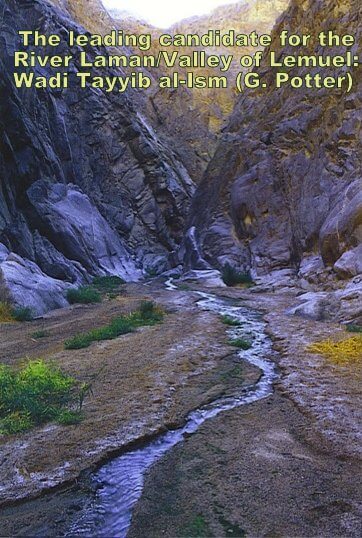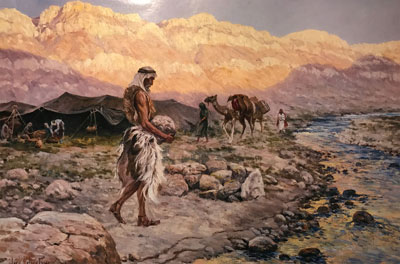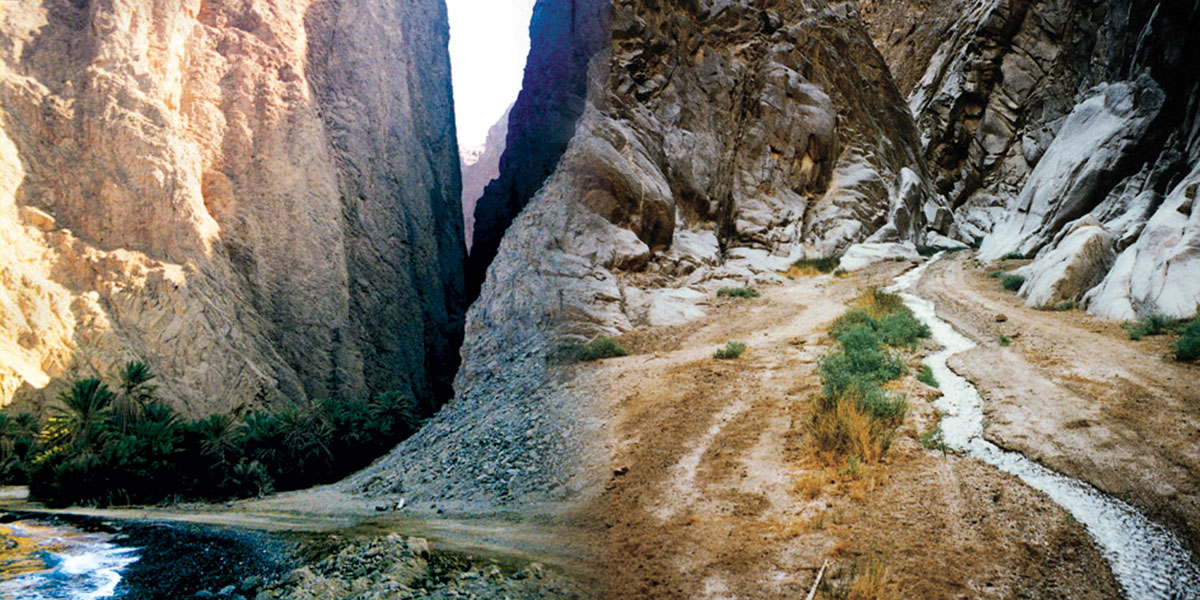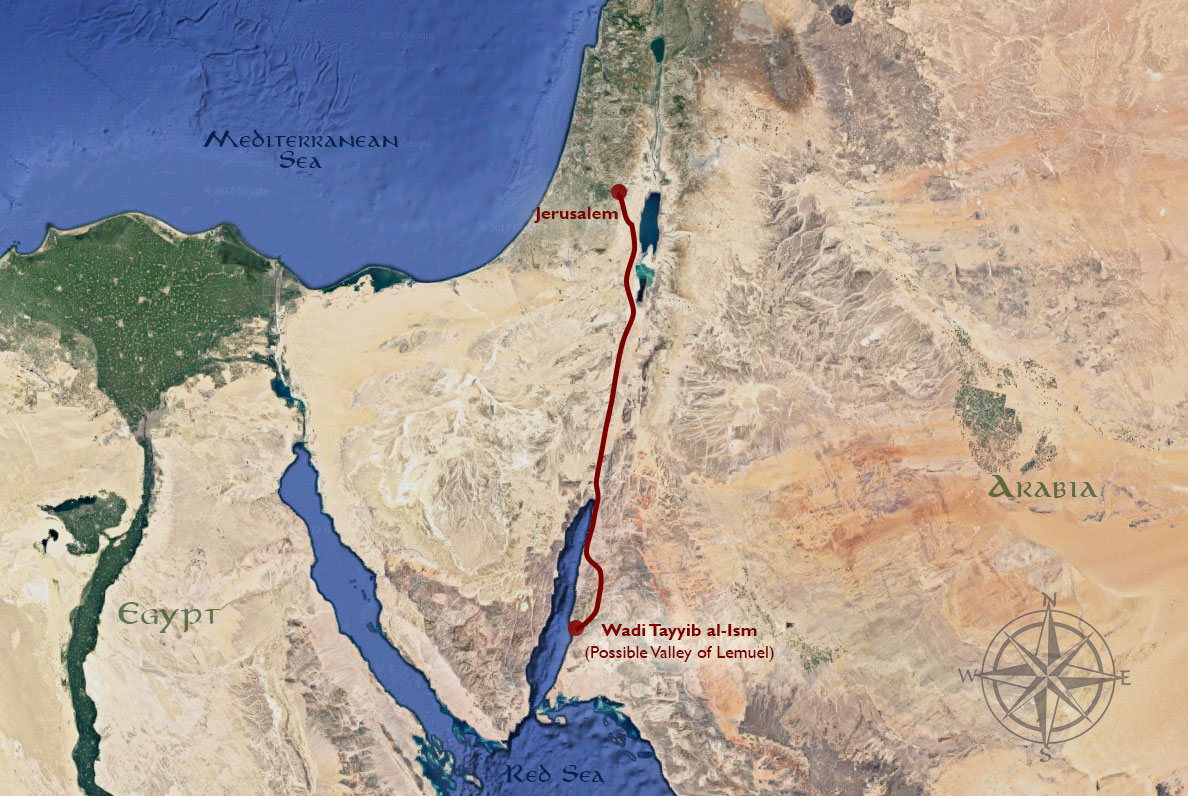I plead ignorant when it comes to church apologetics referencing Lehi’s Trail and generally avoid it. Their presentations are deceptive and misleading and they build their case and view everything through a lens that supports the conclusion the Church is true no matter what. I do not do that. I look at the evidence and view the facts as they are but knowing the Book of Mormon is only a faith promoting story that has no real proof or evidence whatsoever.huckelberry wrote: ↑Mon Sep 18, 2023 9:32 pmshulem, when reading your first comments about this river Laman I had no memory of it. All you hear about the journey is crossing eastward to Nahom.
*THAT* is a river?https://www.jefflindsay.com/arabia/ wrote:River Laman and the Valley of Lemuel at Wadi Tayyib al-Ism, about 75 miles south of the northern tip of the Red Sea, or about a three-day journey by camel.
Give me a break! Please do not insult my intelligence.
We are informed that Lehi and his family “pitched his tent in a valley by the side of a river of water.” That became their base camp for a good long while until they finally “did gather together whatsoever things we should carry into the wilderness and all the remainder of our provisions which the Lord had given unto us and we did take seed of every kind that we might carry into the wilderness, And it came to pass that we did take our tents and depart into the wilderness across the river Laman.”
The river itself became a boundary line and a point which they could not cross without taking certain measures and steps in preparation for a river crossing. Here is a base list of what took place while on one side of the river prior to crossing to the other side and venturing on into the wilderness:
- he built an altar of stones, and made an offering
- he did confound them, that they durst not utter against him; wherefore, they did as he commanded them
- And my father dwelt in a tent
- the Lord hath commanded me that thou and thy brethren shall return to Jerusalem
- go unto the house of Laban, and seek the records, and bring them down hither into the wilderness
- took our journey in the wilderness, with our tents, to go up to the land of Jerusalem
- we took the plates of brass and the servant of Laban, and departed into the wilderness, and journeyed unto the tent of our father
- and did offer sacrifice and burnt offerings unto the Lord
- should again return unto the land of Jerusalem, and bring down Ishmael and his family into the wilderness
- go forth into the wilderness to go up to Jerusalem
- they took their journey with us down into the wilderness to the tent of our father
- they did offer sacrifice and burnt offerings
- And it came to pass that we had gathered together all manner of seeds of every kind
- while my father tarried in the wilderness he spake unto us, saying: Behold, I have dreamed
- And all these things did my father see, and hear, and speak, as he dwelt in a tent, in the valley of Lemuel
- Now, all these things were said and done as my father dwelt in a tent in the valley which he called Lemuel
- on the morrow he should take his journey into the wilderness
- in the morning, and went forth to the tent door, to his great astonishment he beheld upon the ground a round ball
- we did take our tents and depart into the wilderness, across the river Laman
Checkmate, the Interpreter loses.





